Description
Description:
A heavy, good quality, sterling silver trencher salt taking the overall form of the frustum of a regular octagonal cone and demonstrating a range of silversmithing techniques. The inwardly canted top forms the lip of an inverted, hand-raised hemisphere to create the salt receptacle. The sloping sides are formed from an annulus of silver sheet regularly bent to an octagonal shape; four of the eight sides are undecorated and the other four, interposing, sides have been cut to frame inset panels with floral decoration consisting of a ring of ten small, stylised flowers surrounding one larger bloom. The base rim has a double stepped wire applied.
Dimensions & Weight:
Height overall: 4.5 cm / 1 ¾ ins. Depth (of hemisphere): 3 cm / 1 ¼ ins. Diameter (top): 7.5 cm / 3 ins.; (base): 13.4 cm / 5 ¼ ins. Weight: 222 gms / 7.1 ozT.
Hallmarks:
On one side above the lower rim: Sponsor’s mark of ‘T.J.B’ in a plain rectangle for Thomas James Boucher (see more below); Lion Passant (Sterling); Leopard’s Head (London); and lower case modern script ‘b’ (1957).
Keith Tyssen (1934 – )
Keith Tyssen is a designer/maker of contemporary silverwork. Born in 1934 at Stannington, west of Sheffield, he was inspired in his formative years by his maternal grandfather, a largely self-taught stone-mason, who “taught me to observe, to be curious about materials and to want to know how things are made and to observe the marks left by the craftsman’s tools”. Winning a scholarship to the Sheffield College of Art, he elected to take silversmithing and was taught by, amongst others, William Bennett who had been an apprentice at Omar Ramsden’s workshop with Leslie Durbin. Keith graduated from Sheffield in 1955 with first class honours in his National Diploma in Design and gained a scholarship to the Royal College of Art (RCA), though his studies were deferred by two years because of National Service. Keith started his studies at the RCA under Professor Robert Goodden in 1957; Leslie Durbin was a visiting tutor. In his second year, like Leslie Durbin 20 years before, Keith was commissioned by the Worshipful Company of Goldsmiths to design silver for Guildford Cathedral. In 1959 he designed a mace for the Furniture Makers’ Guild and the following year a cigarette box for Stockport Grammar School. Having completed 3 years postgraduate studies at The Royal College of Art in London in the 1960’s, he went on to achieve successes in national design competitions and win commissions for fine, elegant silverwork made in the workshop he opened in Sheffield in 1963.
The Goldsmiths’ Company commissioned his prize winning entry in the Topham Trophy Design Competition in 1966, to add to their Modern Plate Collection and over the years Keith has made further significant pieces commissioned by or via The Goldsmiths’ Company as gifts of contemporary silverwork for Universities, Colleges and for The Church through their policy of encouraging others and benefactors to commission pieces of suitably modern design in silver. In 1968 he was made a Freeman and in 1984 a Liveryman of the Goldsmiths’ Company.
In 1990, at London’s ‘Top Drawer’ Show (then at Crystal Palace), Keith exhibited his first double-skin Bowl in modern pewter, winning the Award for ‘Best New Product’ over the whole show; this piece together with a later and slightly larger bowl, also in pewter, was purchased by the V&A Museum for their permanent collection. This initial success at the ‘Top Drawer’ Show was repeated in 1995 by again winning the ‘Best New Product Award’ in the whole show with his double-skin pewter Beaker. Keith’s designs are frequently exhibited via Contemporary British Silversmiths and with British Silver Week, at a variety of other Shows and also made for individual customers. His current studio/workshop is at Persistence Works, in Sheffield.
Connection with Thomas James Boucher (1897 – 1988)
While in his second year at the Royal College of Art, Keith Tyssen designed a piece to meet the requirement that, as one of their set projects, each student had to have a design made by Tom Boucher, then the School of Silversmithing and Jewellery’s legendary Technician. It was not just a case of handing over the design and sitting back, but of the student working alongside the master craftsman. The purpose of the project was two-fold. First, that the student experienced preparing the technical specification for a craftsman and also communicating his wishes as the piece was being made. Secondly, it provided the student with an opportunity to benefit from the practical knowledge built up by an ‘old pair of hands’ through working at the bench for many years. Thus the piece bore the maker’s mark of Tom Boucher (and London, 1958), as did others designed by RCA students in the 1950s and early 1960s. Boucher’s mark was registered in Chester as well as London and pieces made by him were the last to be hallmarked at Chester when the Assay Office closed on 24 August 1962.
This approach exemplified RCA philosophy under Professor Goodden that, while ‘designing’ at one time may have meant becoming a draughtsman or having the ability to sketch a new shape, this was not so at the RCA, where students learned to design, ‘through doing, through working with the materials in which they are designing’. He felt that ‘It’s best for students to learn a craft first and if those who teach them do so properly, it doesn’t inhibit them when they turn to designing’. As Technician, Tom Boucher was there to advise on the finer points of making objects and, in doing so, influenced many of the nation’s leading silversmiths, educators and industrial designers from the second half of the twentieth century.
Adapted from:
Keith Tyssen, Designer and Silversmith, biography on own website: www.keithtyssen.co.uk and
John Andrew and Derek Styles, Designer British Silver from studios established 1930-1985, (Woodbridge, Suffolk: Antique Collectors’ Club, 2015); pp. 21-22, 401 and 466-473.

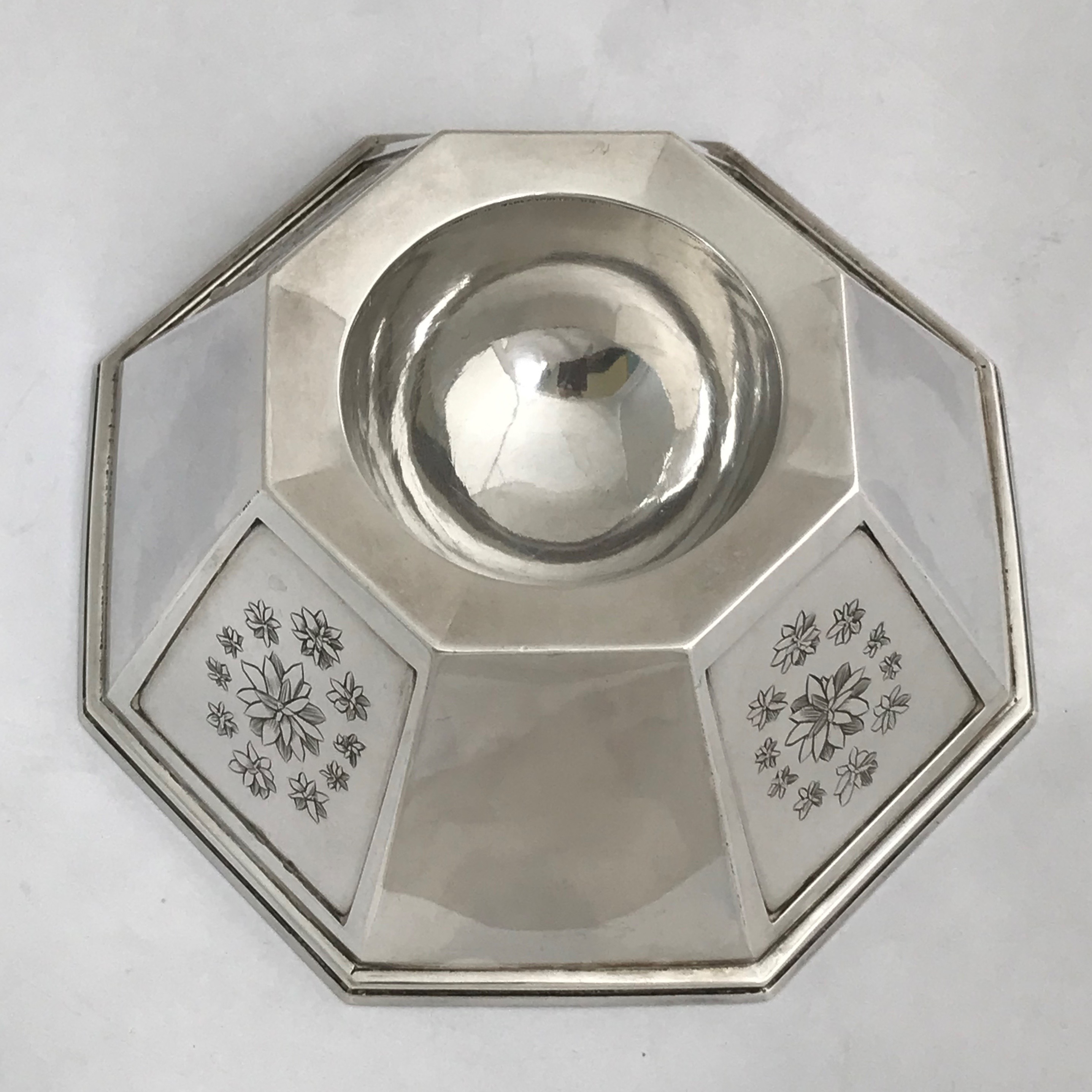
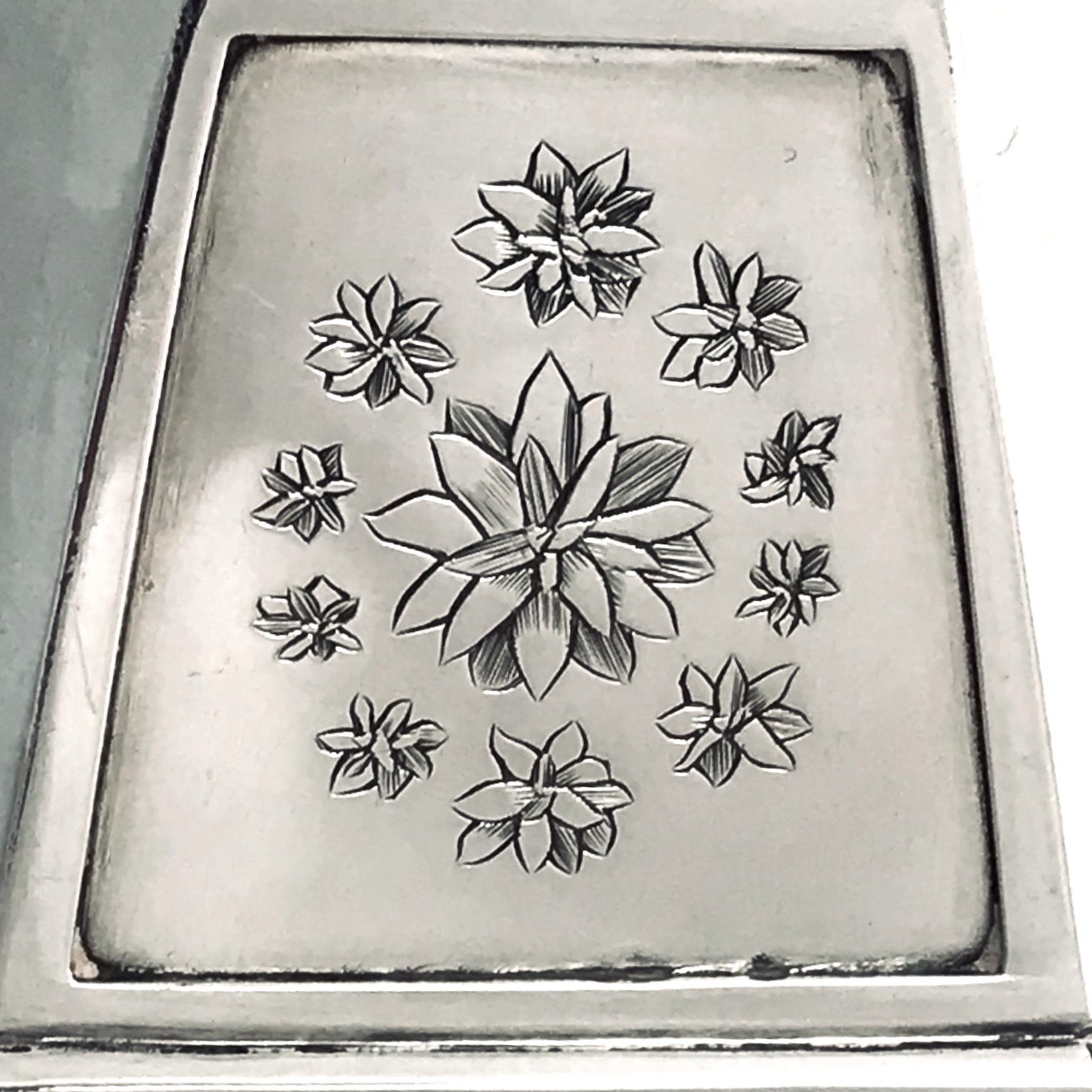
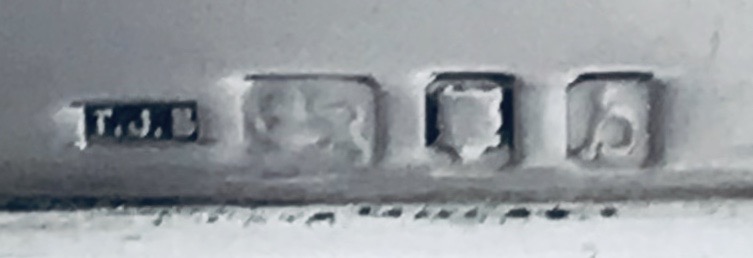
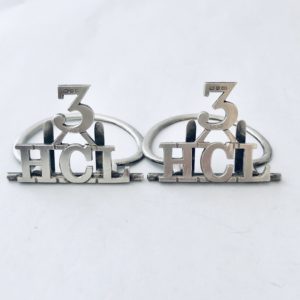
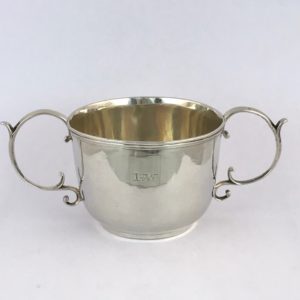
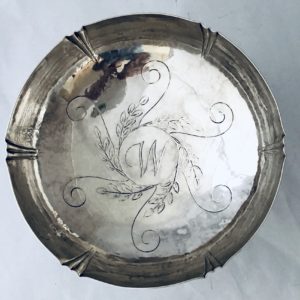
Reviews
There are no reviews yet.